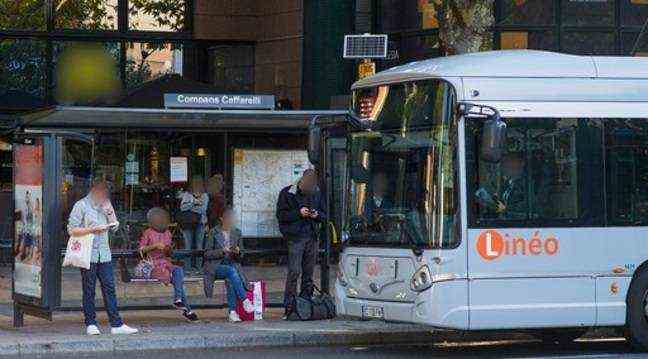For now, for a public transport operator like Woven in Toulouse, the only way to know the frequentation of a bus line is to count the validations. But there are a lot of things that a simple ticket presentation does not say: in particular when the passenger gets off, or if he engages on a connection. The ticketing data are too fragmented to give an effective view of passenger traffic on an axis and to know, for example, how many buses to inject there and when. Hence the experimentation launched by Tisséo and which will begin in August on
line 19, between Borderouge in Lasbordes
It is based on the technology developed by the company FlowlyConsisting of collecting “passive signals” from passenger cell phones. Ten of the buses on the line will be equipped with sensors to obtain a reconstruction of the route. Anonymous but very real.
A possibility to refuse
But is this really legal? “If it wasn’t, we wouldn’t do it, answers Jean-Michel Lattes, the president of Tisséo Collectivités, the Cnil. [commission nationale informatique et libertés] is extremely vigilant ”. Moreover, passengers will be informed when they get on the bus and may object to this data collection. The experiment is to last a year. Depending on “the results obtained”, Tisséo will decide to stop or extend the experiment.

